
Be a Land Steward.
Sign up for Greenhouse Gases -
a weekly-ish newsletter that will teach you the science behind regenerative gardening, with action steps to help you make a difference in your backyard.

Sign up for Greenhouse Gases -
a weekly-ish newsletter that will teach you the science behind regenerative gardening, with action steps to help you make a difference in your backyard.
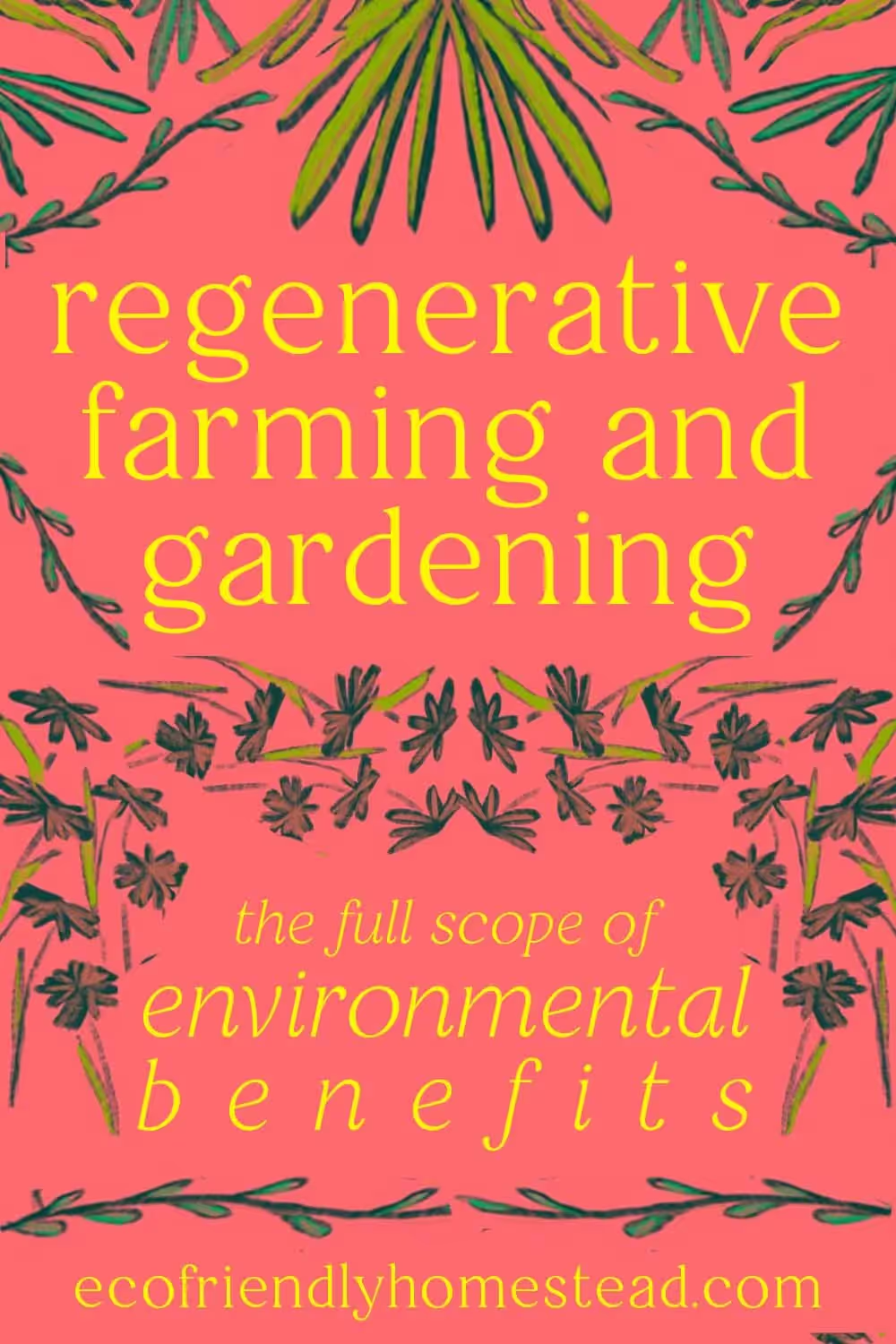
Regenerative agriculture is a method of farming that prioritizes building soil health in order to improve the environment. Regenerative farming also provides abundant harvests.
The principles of regenerative agriculture are:
I realize that’s not a good way to start an article when I’m trying to advocate for nature-based solutions to climate change through agriculture, homesteading, and gardening, but it’s an honest opening line.
Right now there’s a lot of debate about if the nature-based solution of soil carbon capture is negated by carbon release that happens below the first few inches of the soil (source).
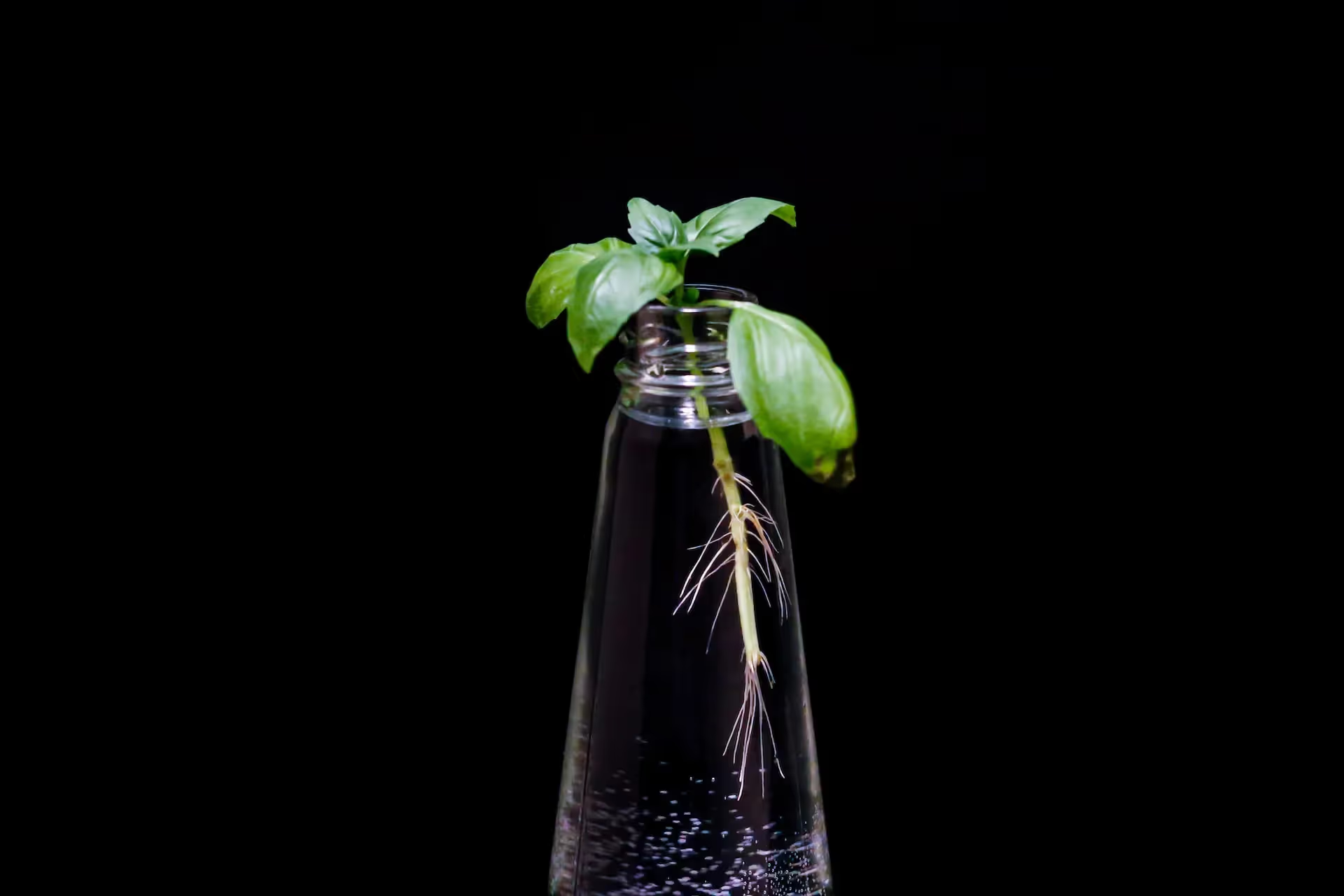
One study from 2023 in the United States found that moisture was the main factor in how much carbon could be sequestered long-term in the soil (1).
However, another study from 2021 done in the UK found that the key to permanence of soil carbon storage was based on soil type and temperature (2).
While scientists are working hard to get to the bottom of what kind of soil and environment is the best for long lasting sequestration, we don’t yet know the nuance of levels of carbon sequestration on all soil types and global climates.
With all soils and climates not equal in sequestration levels, our estimates and techniques can’t be based on singular situations.
Most soil sampling takes place close to the surface, where it looks like most of the carbon sequestration is happening.
However, studies that go beyond the surface layer of the soil are finding that more carbon is being emitted from those deep layers as carbon becomes stored on the surface. We are still learning about the details of this phenomenon, but it is estimated that gains and losses balance out after a 14 year period of not tilling (3).
There is no standard for the depth of the soil sample in studies on on agricultural carbon sequestration, and we might need to have different practices for different climates and soil types (4). This makes it difficult to know just how much carbon your land is actually sequestering.
In this article, I attempt to collect the most current research on regenerative agriculture practices to look at what we know for sure about soil carbon storage.
But most importantly, I want to look at how sustainable agriculture goes beyond storing carbon, since it focuses on practices that reduce over-all carbon emissions.
My feeling is that even if sequestering carbon in the soil doesn’t “solve” the issue of climate change, the regenerative practices are a huge improvement over non-regenerative farming and gardening.
If we’re not sure we can reverse damage that has already been done, the next best thing is to prevent further damage from taking place.

All research for the rest of this article is taken from studies and articles written from 2021 onwards to be more certain of accuracy as the science unfolds.
No till agriculture and gardening practices aren’t using diesel engine tillers, so less fossil fuels are needed. In fact, in the United States alone, no-till farming prevents 588 million gallons of diesel fuel from being used each year (5).

No-till and regenerative practices mean that less fertilizer is needed overall. This reduces that pollution of local habitats from runoff, and means that less fossil fuels go into the manufacturing and transport of fertilizers. There’s the potential for a 20% drop in GHG emissions from the agricultural sector if synthetic nitrogen fertilizers were taken out of rotation (6). The practice of cover cropping in regenerative farming also means that less nitrogen is needed due to the planting of nitrogen-fixing crops, and having plants in place means that less nitrogen is lost from the soil outside of the growing season (7).

Due to the quality of soil and mulching practices, regenerative farms and gardens preserve water and keep it in the environment for wildlife and other plants to access. For every 1% increase in soil organic matter on an acre of land, 20,000 more gallons of water can be stored in that area. In this way, regenerative practices are more resilient to increased situations of drought due to climate change (8).

No-till agriculture significantly reduces soil erosion. A study published by the Journal of Environmental Management found that up to 76% of soil erosion could be prevented in areas by no-till methods alone (9). Soil erosion pollutes waterways and causes inhabitable conditions for aquatic life, in addition to overall nutrient loss. If the soil and nutrients stay in place, then less fertilizer is needed (10).

With organic pest solutions (and less pests overall), farmers are able to keep harmful chemicals out of their land while reducing their overall fossil fuel use for pesticide transportation and manufacturing. 99% of all synthetic pesticides are made from fossil fuels (11). Some types of pesticides release nitrous oxide (6), which is a whopping 265 times more potent than carbon dioxide emissions (12).

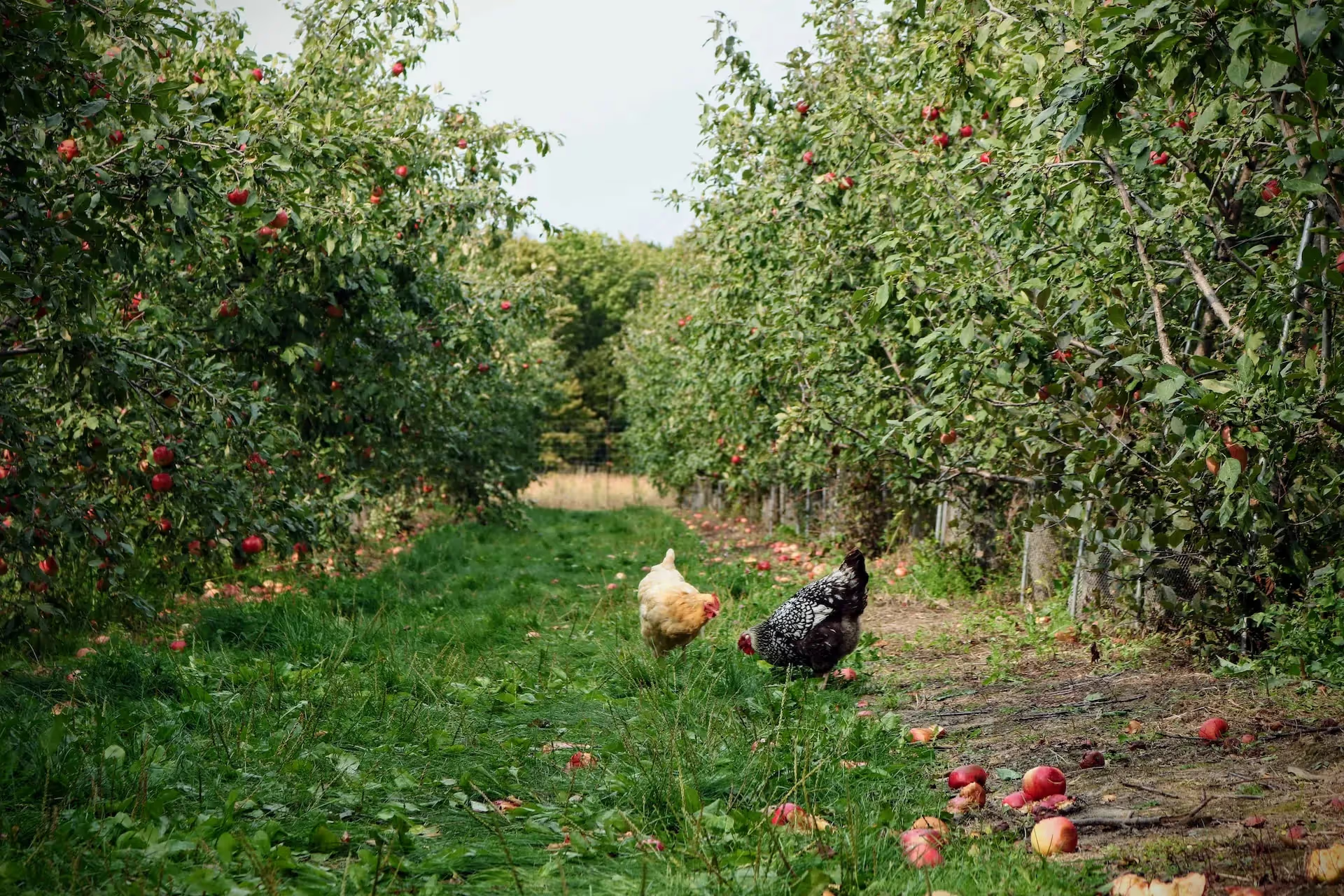
Studies show that integrating trees into pasture and farmland helps sequester carbon. If 15 billion new trees were planted in and around farmland, 136 million tons of CO2 could be sequestered yearly. If these trees were fruit or nut bearing, they could provide food for farmers and the community (7). There are over 4.5 billion acres of farmland globally (13), so that would just be 4 new trees per acre of farmland needed to meet that goal.

When possible, we can sequester carbon by brining back the original landscape of trees and perennial systems in areas that are no longer being farmed. Recent calculations show that there are 205 million acres of unused farmland across the world. If we put those parcels of land back to their original state, we could make significant gains in reforestation goals (14). If that land were turned into forest, 400 million tons of carbon dioxide could be sequestered yearly (15), around the equivalent of taking 1/3 of all gasoline cars and trucks in the United States off of the road (16, 17).

The process of cover cropping, which keeps plants growing and maintains root systems after termination, adds carbon to the soil. Recently, the University of Nebraska-Lincoln estimated that cover cropping can sequester an average of 0.77 metric tons of CO2e per acre per year (18).
We now know some nuance to which cover crops sequester the most carbon, and what form they store the carbon in. A monumental study that was released in 2022 found that all cover crops gathered soil organic carbon, but certain types of crops store the carbon in either particulate organic matter or mineral-associated organic matter. Particulate organic matter is utilized by soil microbes, which benefits plants, and then released back into the atmosphere. Mineral-associated organic matter is more persistent in the soil for longer periods of time, as it binds with soil materials such as clay. Legumes were found to produce more mineral-associated organic material, so they hold more potential for longer-lasting sequestration in our soils (19).
In the United States, 40% of farmers don’t plant a cover crop, which gives us opportunity to sequester more carbon nationally with this method (20).

Gardeners who want to sequester carbon should work with as many perennial plants and crops as possible. Since perennial plants live longer, they have more of an opportunity to sequester carbon as they maximize photosynthesis on more established biomass (21).
Additionally, their more robust root systems allows them to sequester carbon at deeper soil levels, potentially solving the problem we looked at earlier in this article with differences in carbon sequestration and emissions in different depths of soil with annual crops (22).
Finding perennial versions of annual plants can support this quest for gardeners and homesteaders, and scientists are currently working on creating a high yield perennial wheat grain that would sequester more carbon than annual wheat (21).
Any practice the encourages more soil life helps sequester carbon, as soil invertebrates help the soil to process incoming carbon and make “storage” possible (6). From cute little tardigrades all the way up to the friendly worm, soil invertebrates offer a necessary ecological service (23): they break down organic material into humus, and within the humus, the carbon from that material is held (24).
Organic practices, removing synthetic pesticides and fertilizers, and no-till farming all help to build a robust and diverse soil invertebrate population (23).
Land has an opportunity to store more carbon in soil if it’s not over grazed. Studies show that rotational grazing systems increase carbon in the soil by increasing soil microbiota through animal manure.
A study done on pasture rotation and sheep shows that there is an abundance of the persistent mineral soil organic carbon correlated with pasture rotation (25).
Recent findings show that rock dust, especially basalt, have the opportunity to capture carbon in a stable form. This rock dust can be applied as a mineral amendment on soil, giving it an agricultural purpose while also helping the environment.
Basalt is made up of magnesium and calcium, which, when exposed to water, react with carbon and make bicarbonate which can persist in soil for thousands of years.
Basalt and other rock dusts are abundant, which is helpful especially during this time of fertilizer shortages. If all agricultural land amended their soil with rock dust, 2-4 billion tons of carbon could be sequestered applied to croplands globally, each year.
That amount would remove at least 34% of cropland’s yearly emissions (26).

These soil microbes have been shown to be essential components to the carbon sequestration process.
A study from this year (2023) found that the carbon sequestered by plants was utilized by mycelium. The amount taken on by the mycorrhizal fungi is as much as 36% of fossil fuel emissions.
Of great interest are arbuscular mycorrhizae and ectomycorrhizae: arbuscular mycorrhizae form relationships with 70% of plants; ectomycorrhizae form relationships with only 2% of plants but those plants span across 25% of global plant populations.
In addition to utilizing the carbon to help with growth, the mycorrhizae release exudates that other soil microbes can take in, and from there the carbon becomes mineral-associated organic matter, which has the longest persistence in the soil.
While the authors of this study are open about the total amounts of sequestration being uncertain, they also note that this information is of great importance and should be incorporated into further research for how we can help soils to draw down more carbon (27).
As farmers, gardeners, and homesteaders, we can encourage mycorrhizae by integrating plants that form relationships with fungi, implementing no-till practices, and not adding synthetic pesticides or herbicides to our land.
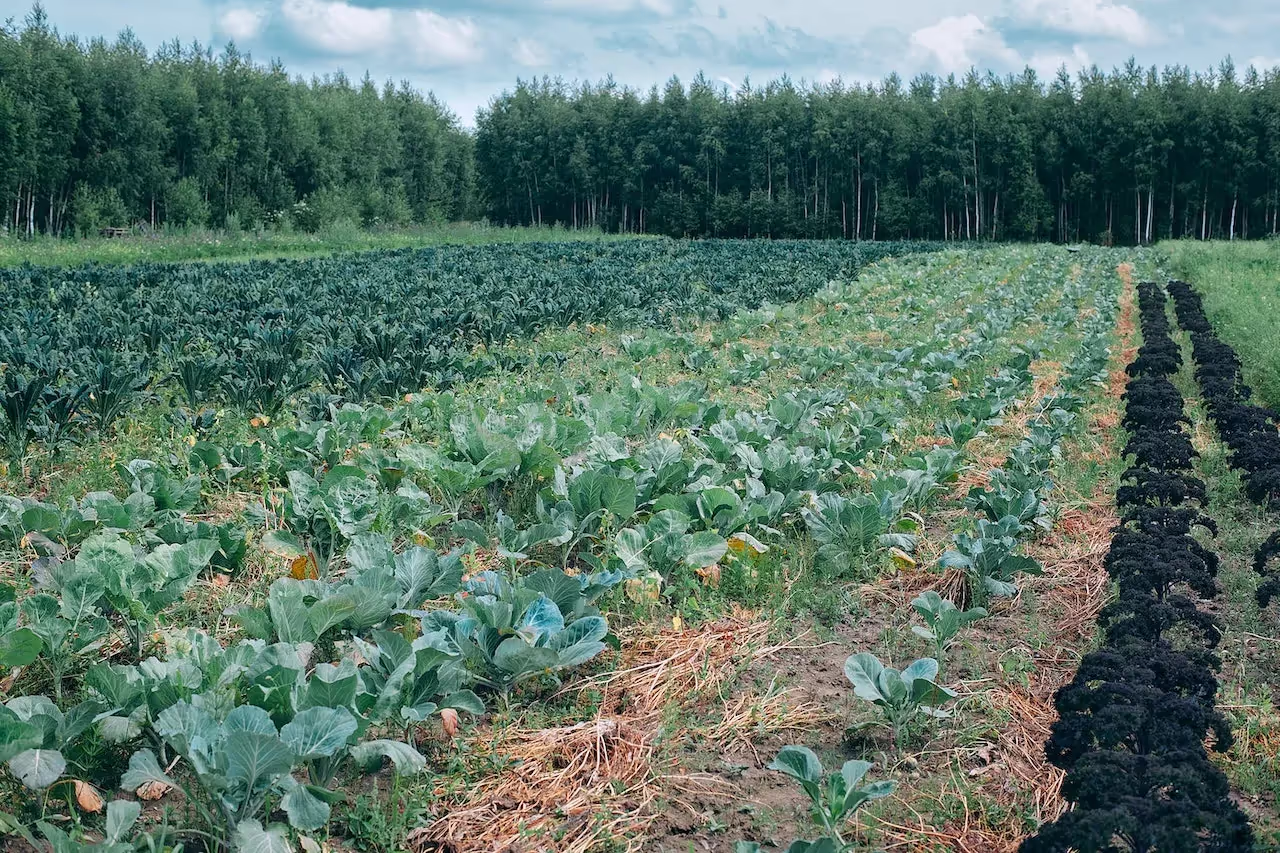
It is imperative to understand that none of these techniques that promote environmental and sustainable practices in farming, gardening, and agriculture can be implemented in isolation. They need to be practiced in conjunction with each other.
“We need to get agriculture to a new paradigm where these kinds of practices are the norm and not the exception,” says Keith Paustian, a soil scientist at Colorado State University. This paradigm shift is crucial in ensuring the long-term health of our planet and its inhabitants (29).

In order for no-till to be effective at mitigating the carbon released from deeper layers in soil, it needs to be practiced for 14 years or more (3).
The current practice in no-till has been to “till as infrequently as possible,” which gives folks permission to till when starting to farm on new land. While there might be cases where tilling is necessary, in order to keep an equilibrium between the uppermost layers of soil capturing carbon and the deeper layers releasing it, no-till needs to be taken more seriously and practiced more thoroughly.
One solution that comes to mind is the Ruth Stout method of gardening, which works on previously uncultivated land without tilling the soil.
Another less-immediate solution is the mighty cover crop daikon radish - a few plantings of this, keeping the roots in the ground, could make the soil fertile and able to grow vegetables.
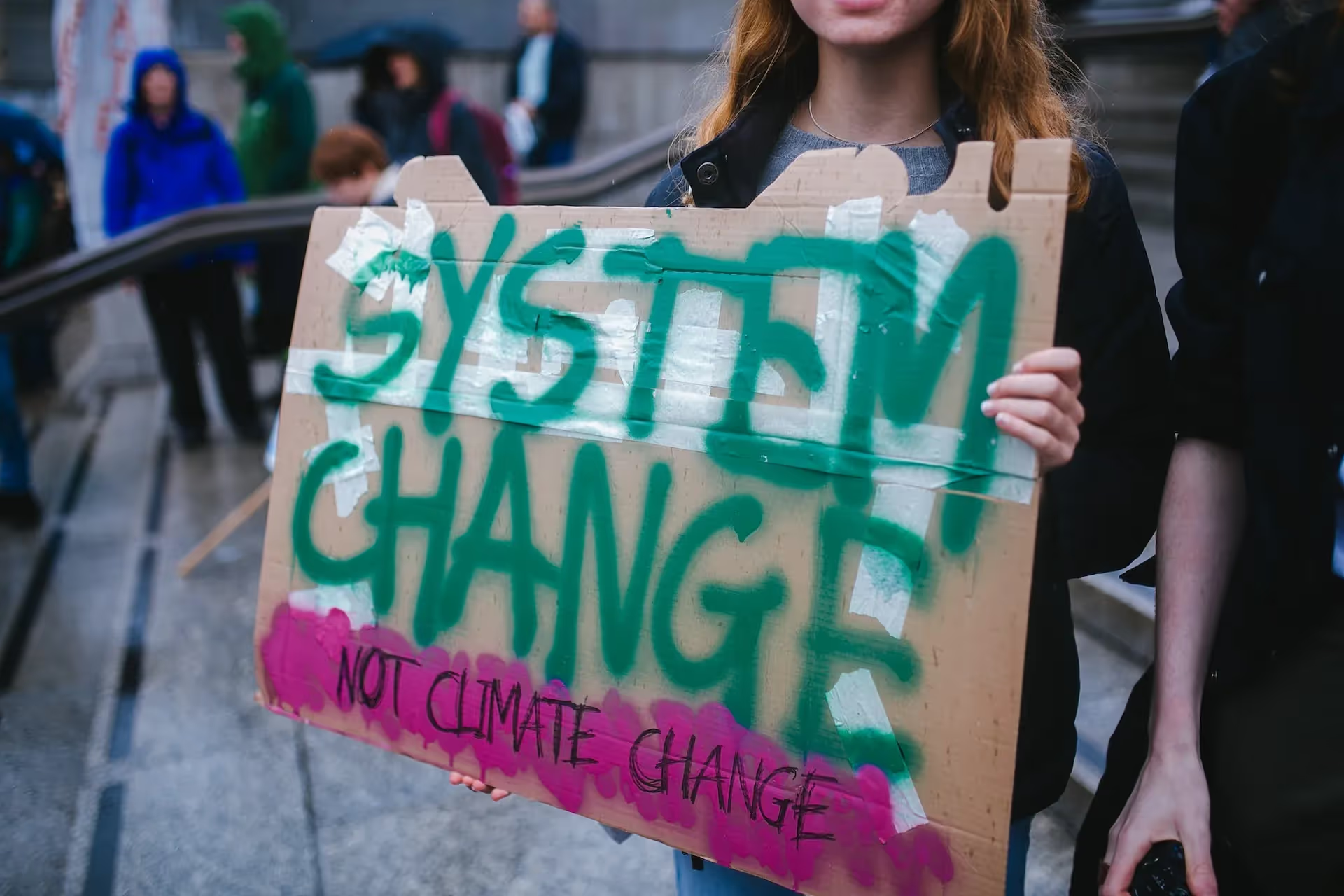
Regenerative no-till farming is a major solution to climate change.
The IPCC is clear: we need to take action to actually remove carbon dioxide from the atmosphere in order to maintain a habitable planet.
But we need to be careful not to make carbon dioxide removal a crutch that we lean on while continuing to mine fossil fuels, burn precious forests, and allow celebrities to take private jets on a whim.
While sequestering carbon can help us achieve net zero emissions, it should not be seen as a substitute for reducing our carbon footprint. We need to take a holistic approach to combating climate change, which includes reducing our greenhouse gas emissions, promoting renewable energy, and preserving our natural resources (30).
In summary, even with the uncertainty of how much carbon is sequestered by no-till farming, regenerative farming and gardening practices still have the potential to mitigate climate change by sequestering carbon in the soil and benefit the environment.
No-till farming, cover cropping, silvopasture, agroforestry, and perennial croplands all have environmental benefits beyond carbon sequestration, such as reducing fossil fuel usage, lessening soil erosion, and preserving water.
However, the effectiveness of these practices in mitigating carbon emissions is still being studied, and there is much we do not yet understand about the nuances of soil quality, location, and climate.
These practices cannot be in isolation and should be practiced in tandem with other sustainable farming methods. Most importantly, while carbon sequestration is a necessary element to achieve net-zero emissions, it is also essential that we stop burning fossil fuels and destroying natural resources in order to support a habitable planet.
Sources:
2: eos.org
3: Declines in soil carbon storage under no tillage can be alleviated in the long run
5: eesi.org
6: nrdc.org
7: wri.org
8: nrdc.org
9: A comprehensive modeling framework to evaluate soil erosion by water and tillage
10: epa.gov
11: panna.org
12: epa.gov
13: neogen.com
16: epa.gov
18: unl.edu
20: agfundernews.com
21: Perennials as Future Grain Crops: Opportunities and Challenges
22:Deep-rooted perennial crops differ in capacity to stabilize C inputs in deep soil layers
23: Soil invertebrates: Getting to know life in the soil (Xerces Society)
25: fibershed.org
26: e360.yale.edu
27: Mycorrhizal mycelium as a global carbon pool
28: biochar-us.org
29: science.org
30: sierraclub.org